Possible First Visual Evidence of Cosmic Strings Detected by Scientists
Researchers at the Indian Institute of Astrophysics have identified potential cosmic string candidates by observing a galaxy pair, SDSSJ110429.61+233150.3, and hypothesizing that its split image is due to gravitational lensing by a cosmic string. The findings, published in the Bulletin de la Société Royale des Sciences de Liège and on arXiv, suggest possible visual evidence of these theoretical one-dimensional defects in spacetime.
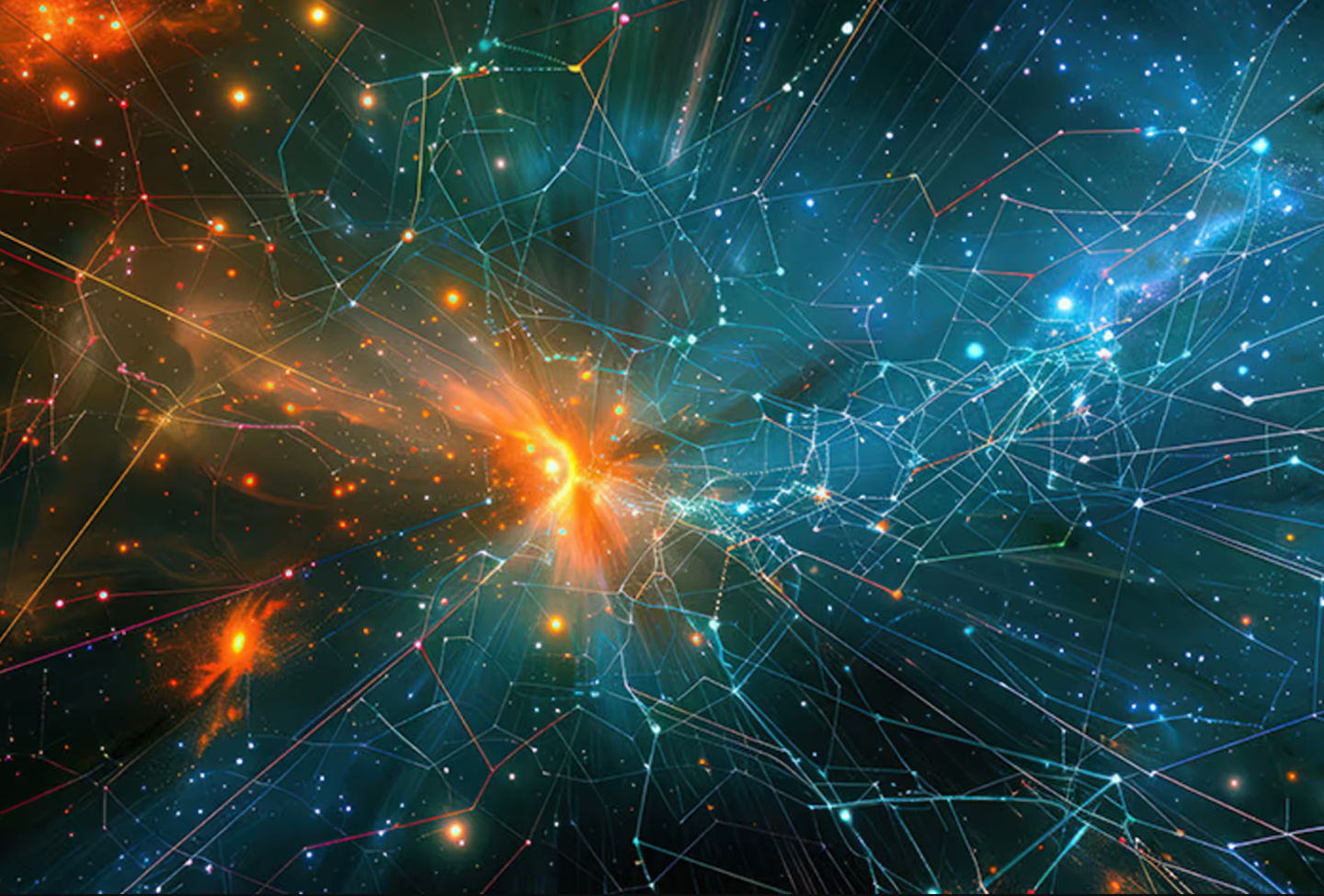
 The Brighter Side of News
The Brighter Side of News
Possible Visual Evidence of Cosmic Strings Found by Scientists, Reigniting Physics Community
The Indian Institute of Astrophysics has reported identifying candidate cosmic strings, specifically in a spatial field designated CSc-1. Researchers propose that a pair of galactic entities, SDSSJ110429.61+233150.3, initially thought to be separate galaxies, may be a single galaxy with its image split by gravitational lensing caused by a cosmic string. This finding, published on arXiv, could offer experimental proof for string theory.
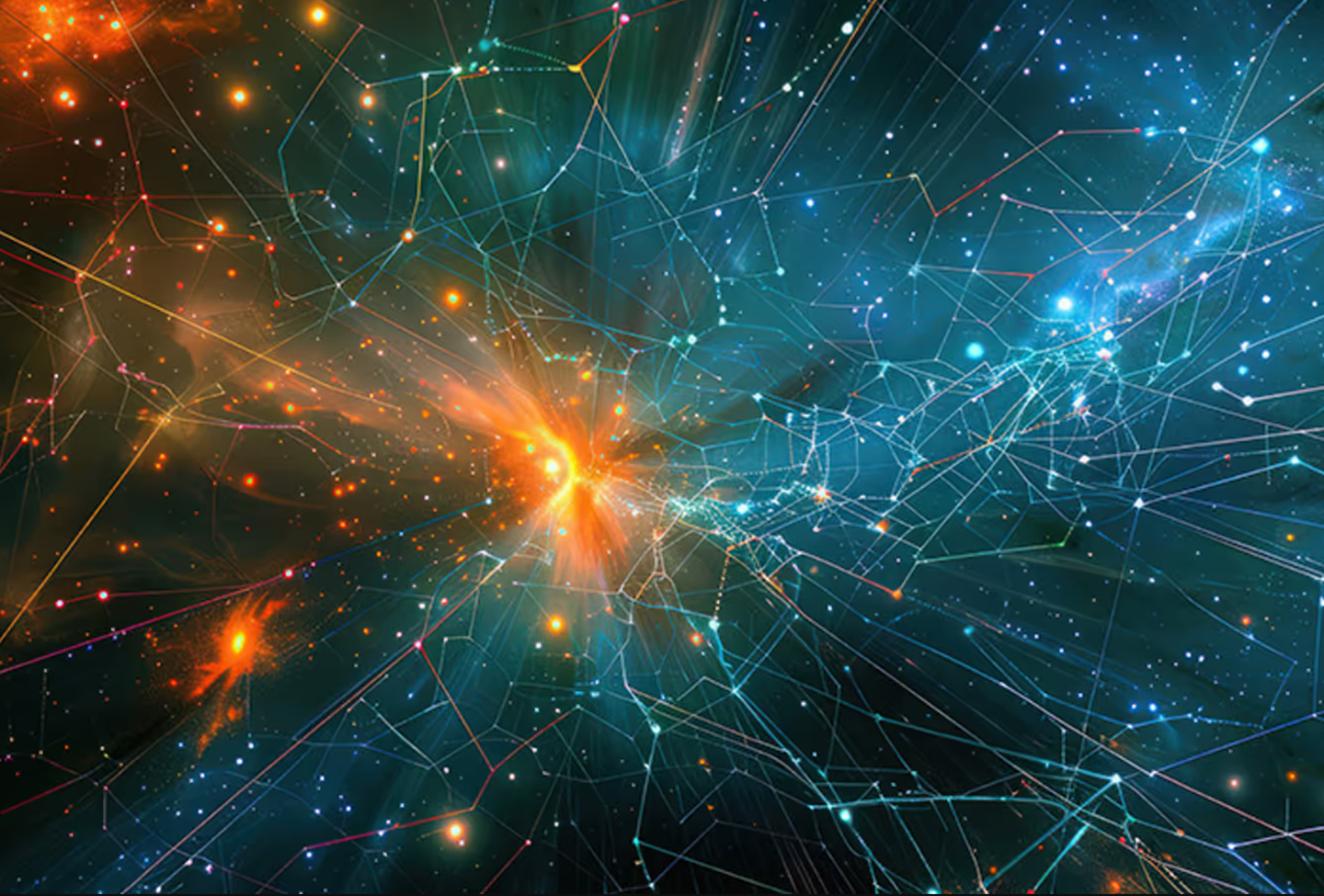
 The Brighter Side of News
The Brighter Side of News
Gamma-Ray Halos Likely Common Around Middle-Aged Pulsars, HAWC Observatory Finds
The HAWC Collaboration's survey of middle-aged pulsars indicates that TeV gamma-ray halos, previously observed around a few pulsars, may be a common phenomenon. This finding suggests that TeV observations could be a useful method for identifying pulsars that are otherwise undetectable. The research also provides insights into particle diffusion and transport phenomena.
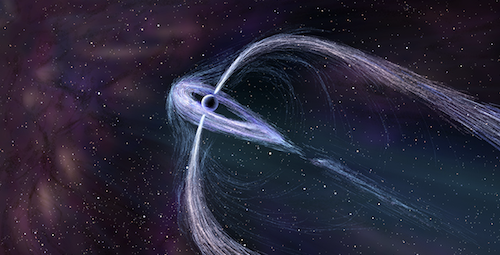
 American Physical Society
American Physical Society
Quantum Annealing Achieves Speedup in Approximate Optimization, Outperforming Classical Algorithms
A new quantum algorithm called decoded quantum interferometry (DQI) is faster than known classical algorithms for solving optimization problems. Researchers demonstrated a quantum scaling advantage in approximate optimization using a quantum annealer. This breakthrough has significant implications for various fields, including cryptography and error correction.
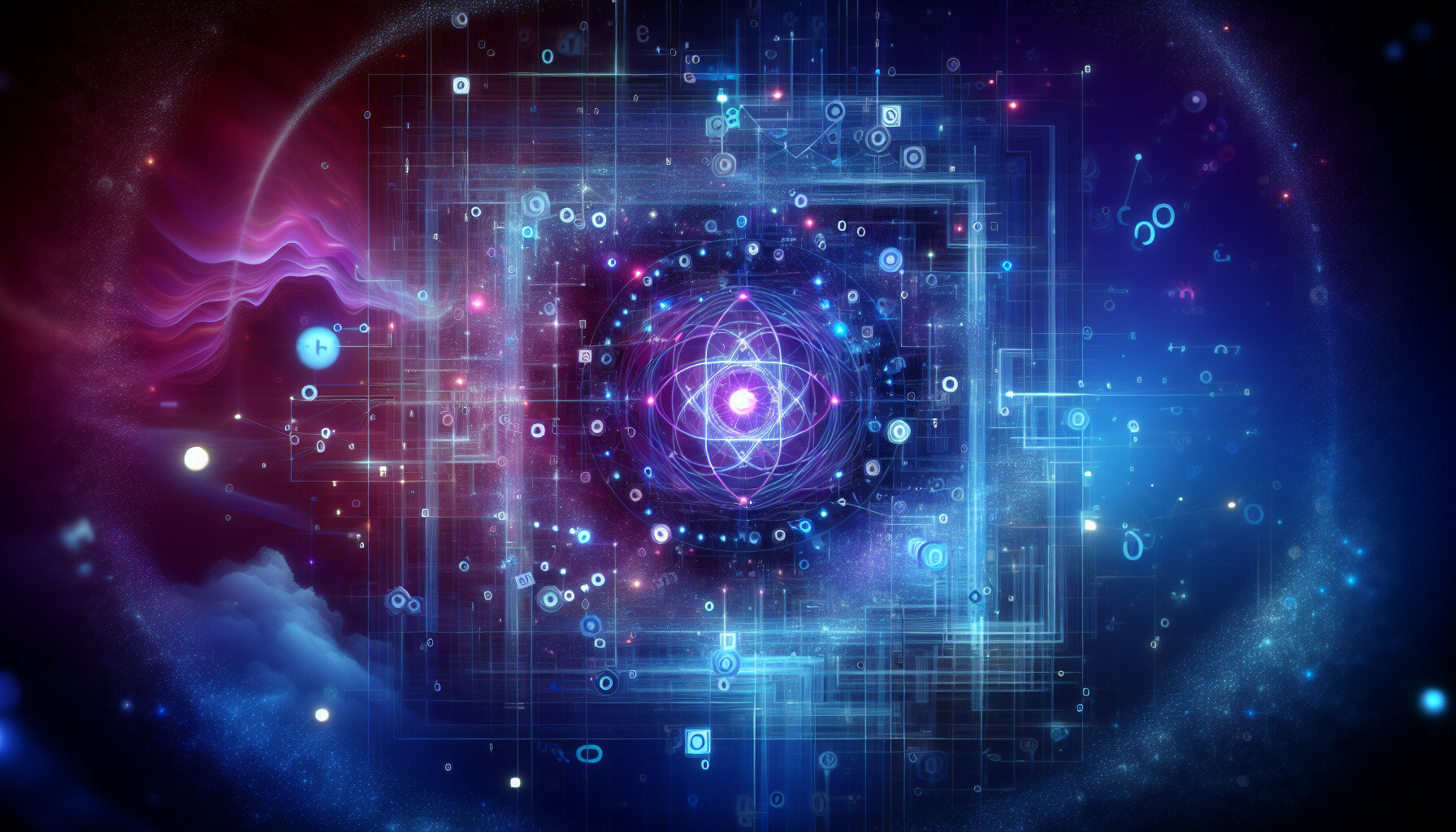
 Phys.org
Phys.org
 WIRED
WIRED
 Hoodline
Hoodline
 Interesting Engineering
Interesting Engineering
Quantum Computer Achieves Speedup in Optimization, Outperforming Classical Supercomputers
A recent study demonstrates a quantum computer's superior performance over classical supercomputers in solving approximate optimization problems. Using a D-Wave Advantage quantum annealing processor, researchers achieved a quantum scaling advantage by implementing quantum annealing correction (QAC) to overcome noise. This breakthrough marks a significant step in harnessing quantum computing for real-world optimization tasks where near-optimal solutions suffice.
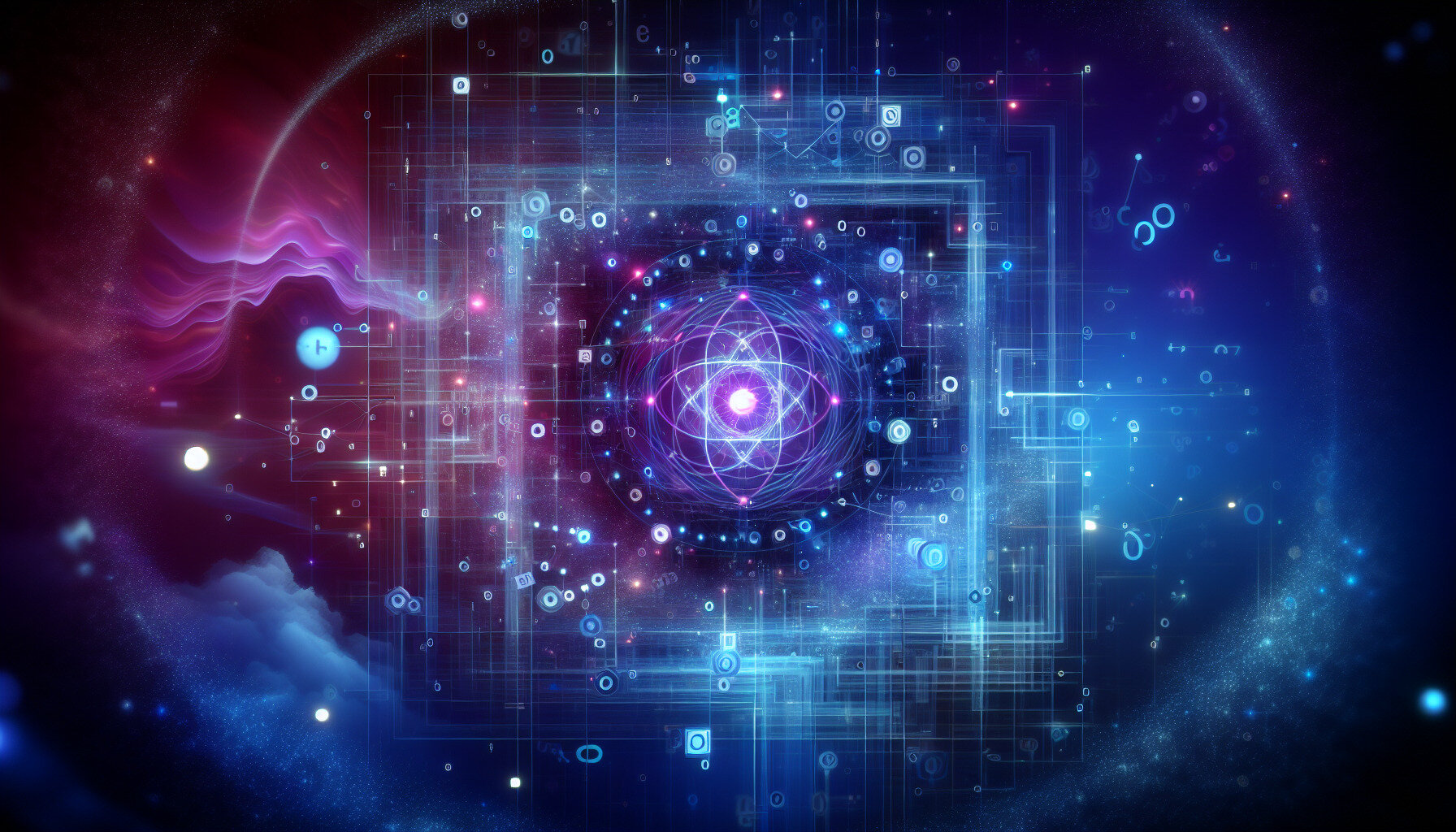
 Phys.org
Phys.org
 WIRED
WIRED
 Mirage News
Mirage News
 Interesting Engineering
Interesting Engineering
Quantum Computing Shows Promise in Speeding Up Scientific Simulations, Algorithm Breakthrough
This article summarizes recent advancements in quantum computing. It highlights D-Wave's quantum computer's potential to surpass classical systems in simulations, as well as the development of decoded quantum interferometry (DQI), a new quantum algorithm. The report also presents the perspectives of researchers and computer scientists.
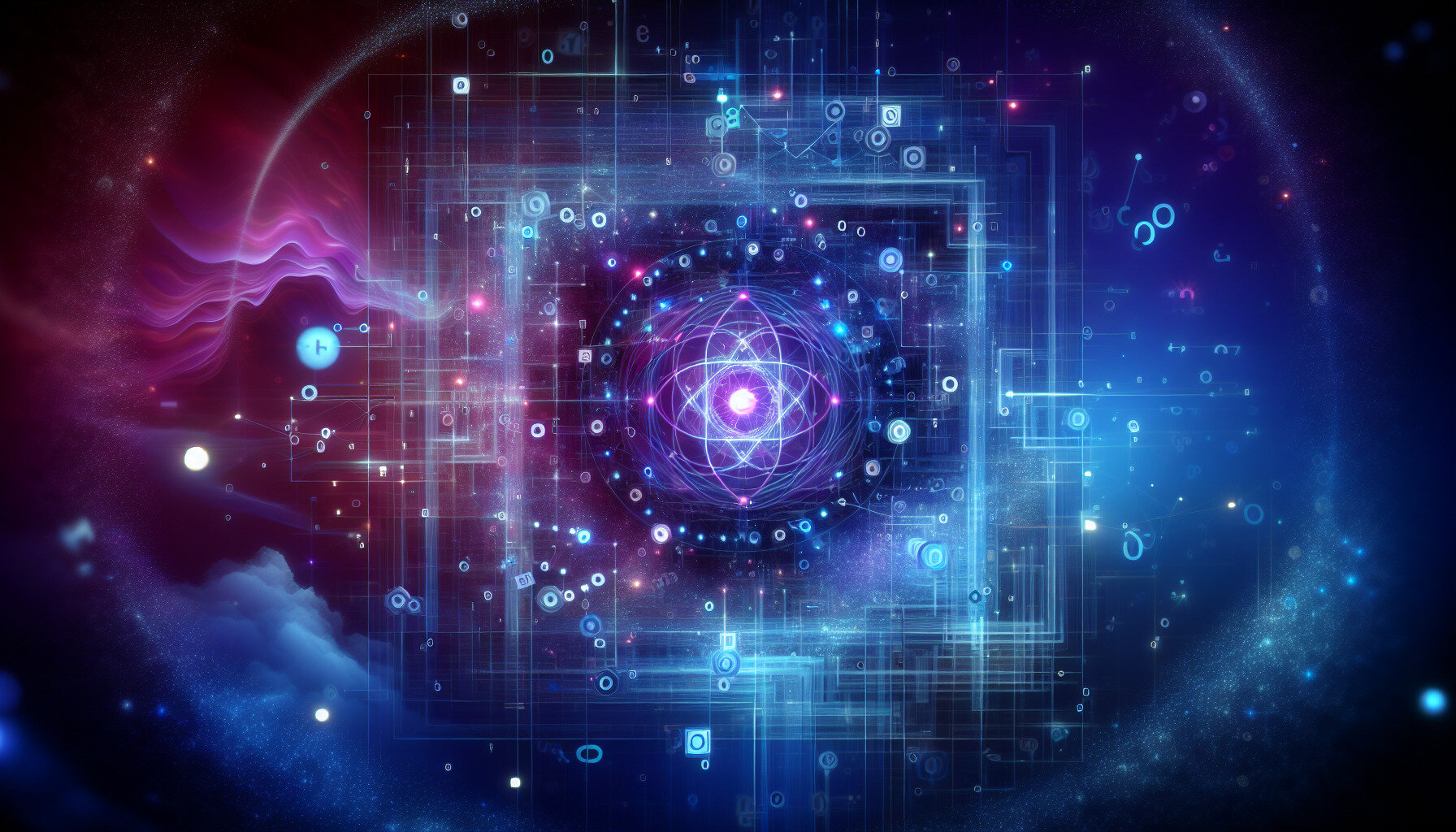
 Phys.org
Phys.org
 WIRED
WIRED
 Mirage News
Mirage News
 Hoodline
Hoodline
Rogue Magnetar Speeds Through Milky Way, Origin a Mystery, Defying Star Formation Theories
Astronomers have discovered a magnetar, SGR 0501+4516, moving rapidly through the Milky Way. Its origin is unknown, as it does not seem to be linked to any supernova remnant, challenging the conventional theory that magnetars are formed from core-collapse supernovae. Researchers suggest alternative formation scenarios, potentially linking the magnetar's existence to the understanding of fast radio bursts.
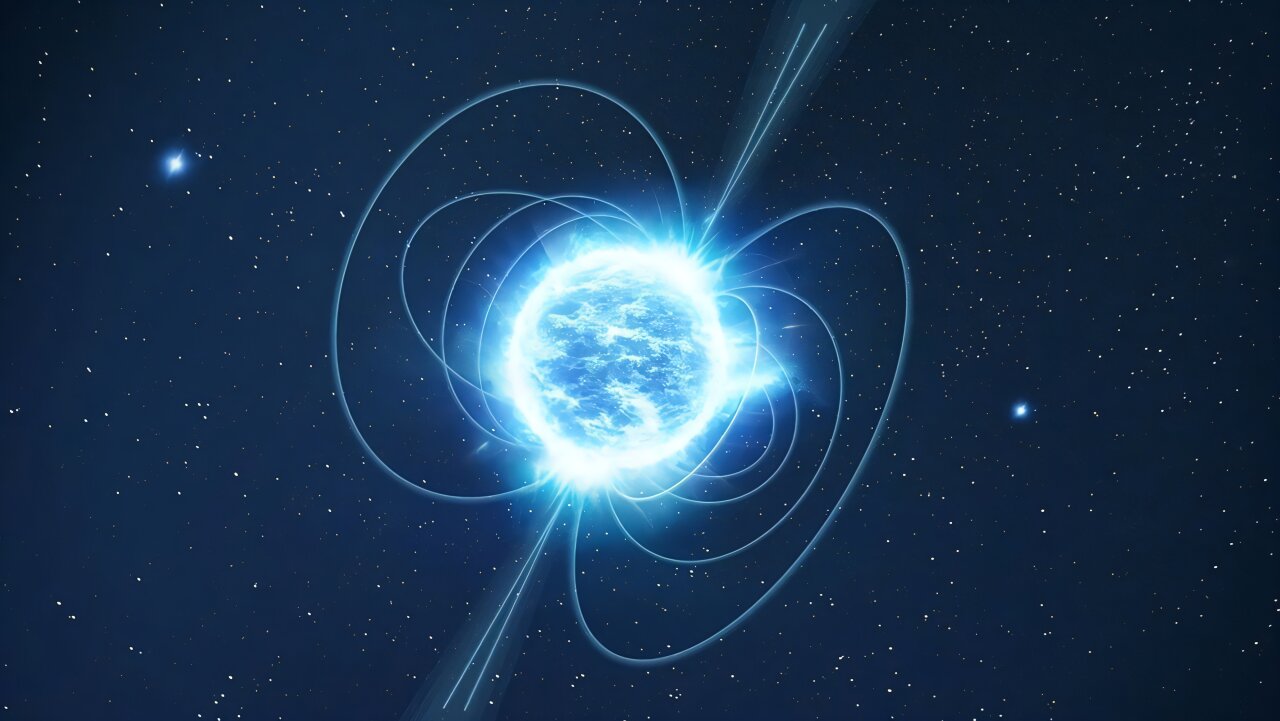
 Phys.org
Phys.org
 La Brújula Verde
La Brújula Verde
 Live Science
Live Science
 ScienceAlert
ScienceAlert
Magnetar's Origins Remain Mysterious: High Speed Through Milky Way Challenges Formation Theories
Astronomers studying the magnetar SGR 0501+4516 have discovered it's moving much faster than anticipated, making its origin unclear. Initially linked to a supernova remnant, HB9, its trajectory suggests otherwise. This finding challenges existing theories about how magnetars form, proposing alternative explanations like white dwarf collapse or neutron star mergers. The discovery could also help explain the mystery of fast radio bursts.
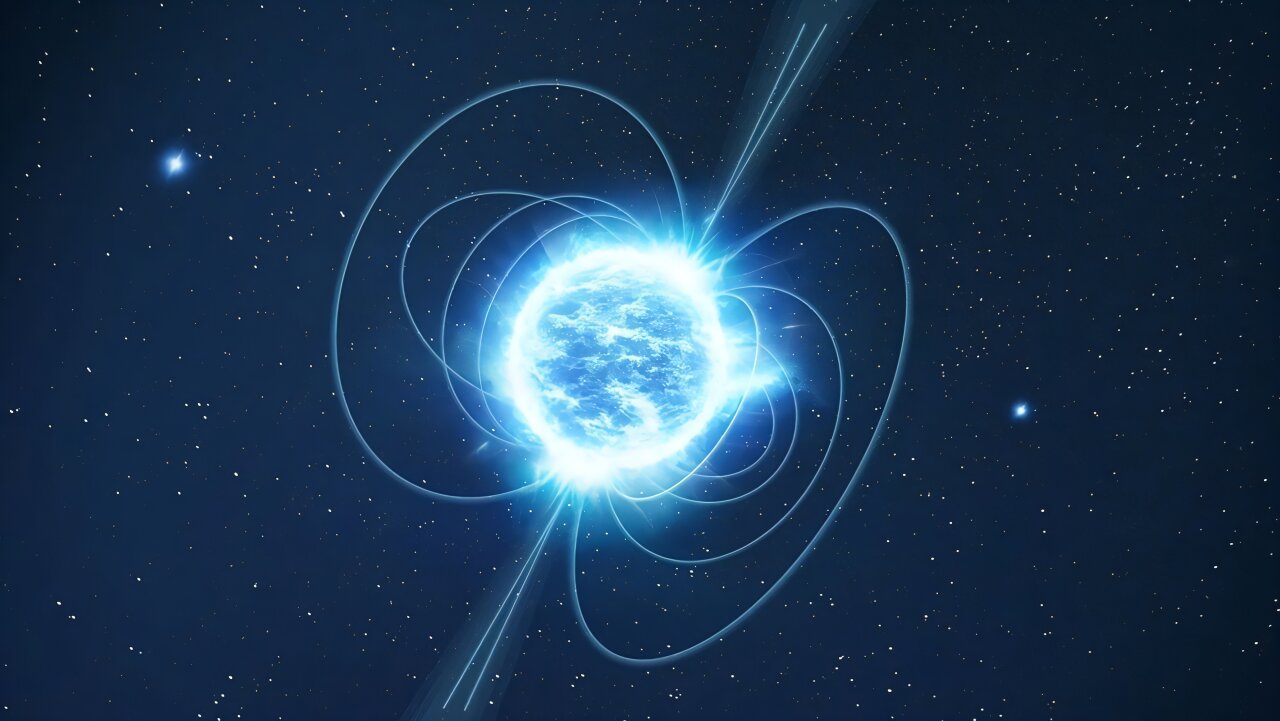
 Phys.org
Phys.org
 La Brújula Verde
La Brújula Verde
 Live Science
Live Science
 ScienceAlert
ScienceAlert
ITER Achieves Fusion Milestone: Magnet Powerful Enough to Levitate Aircraft Carrier
The International Thermonuclear Experimental Reactor (ITER) project has achieved a significant milestone with the completion of the central solenoid magnet, powerful enough to levitate an aircraft carrier. This marks a critical step towards assembling the ITER Tokamak reactor in France, designed to demonstrate the feasibility of fusion power. The project involves collaboration from over 30 countries, showing commitment to solving climate change and energy security challenges.
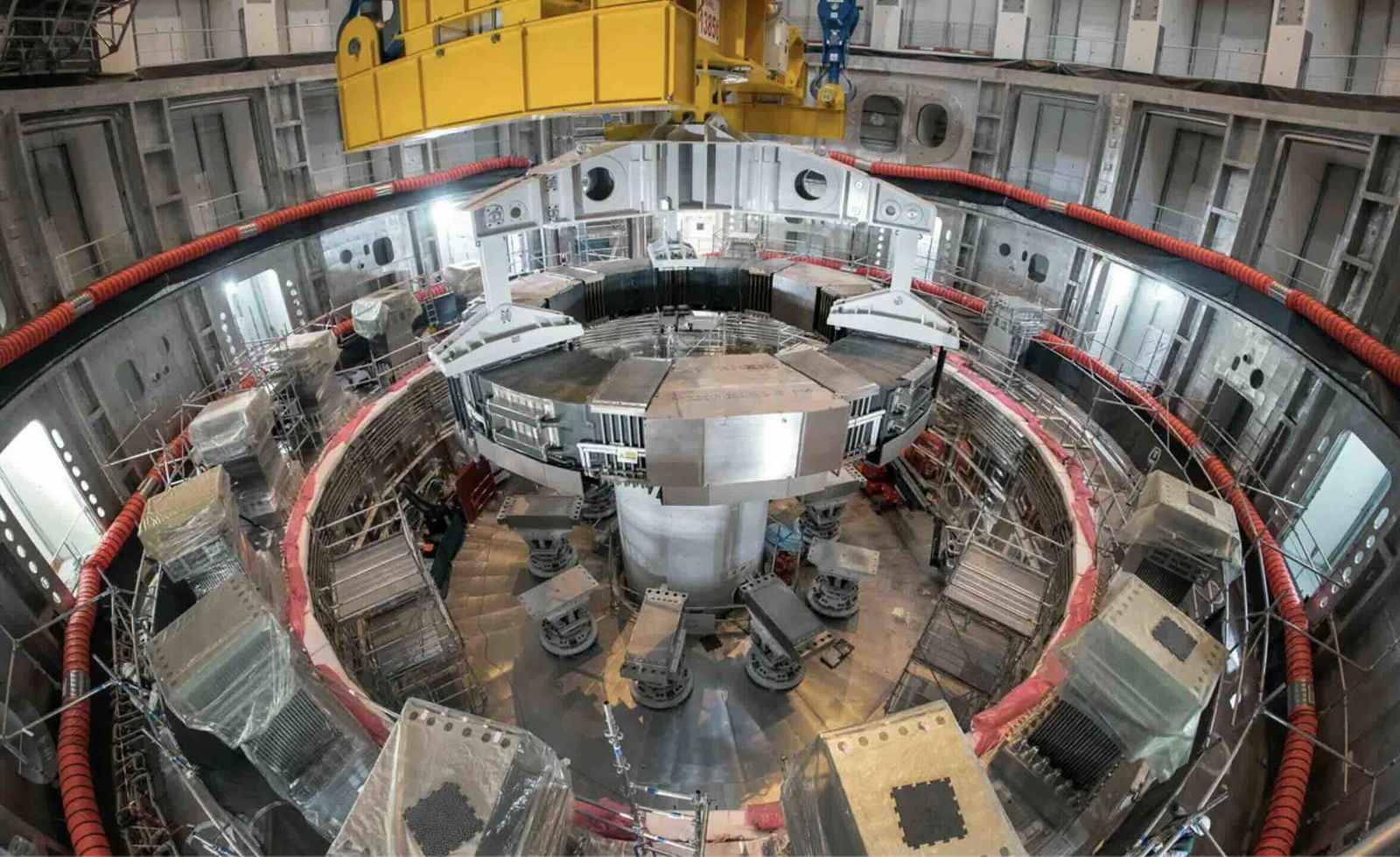
 The Debrief
The Debrief
 Reuters
Reuters
 Phys.org
Phys.org
 Interesting Engineering
Interesting Engineering
ITER Fusion Project Achieves Milestone: Magnet System Complete, Reactor Assembly Nears
The ITER project, a global collaboration aiming to demonstrate fusion energy as a safe and carbon-free power source, has completed its central solenoid magnet system. This milestone marks a significant step towards assembling the ITER Tokamak reactor in France. The powerful magnet system, capable of levitating an aircraft carrier, is crucial for creating and controlling the superheated plasma necessary for fusion reactions. First operation is estimated to be in 2035.
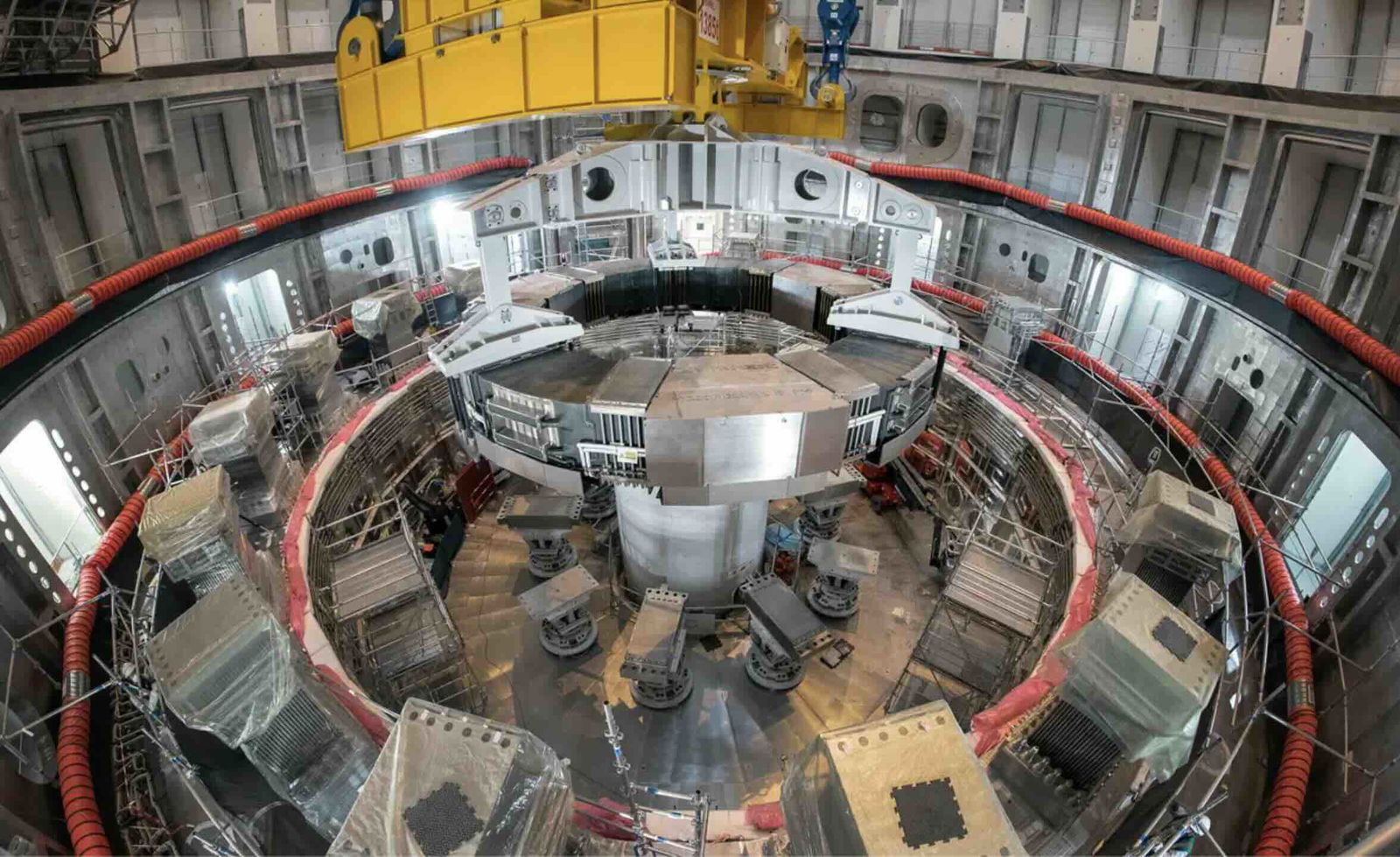
 The Debrief
The Debrief
 Reuters
Reuters
 Phys.org
Phys.org
 The Hindu
The Hindu
ITER Achieves Milestone: Completes Magnet System for Nuclear Fusion Experiment
The ITER project, a global collaboration involving over 30 nations, has completed all components for its central solenoid, the world's largest and most powerful pulsed superconducting electromagnet. This achievement marks a crucial step toward demonstrating nuclear fusion as a safe, abundant, and carbon-free energy source. The project faces challenges but signifies international cooperation in addressing climate change.
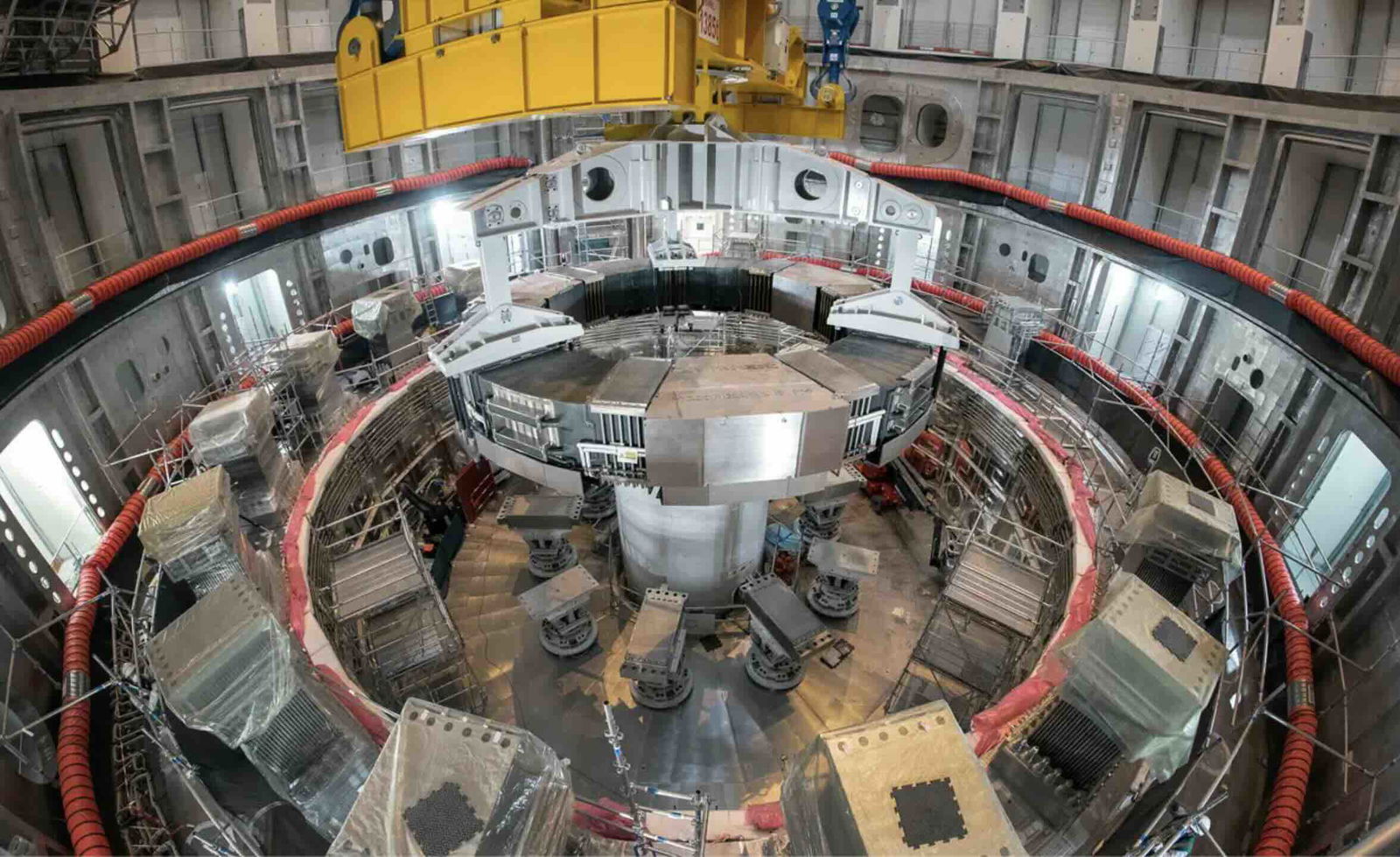
 The Debrief
The Debrief
 Reuters
Reuters
 Diario AS
Diario AS
 People's Daily Online
People's Daily Online
Asymmetric Fission Island Discovered in Light Fragments Driven by Shell Effects
A recent study measured the charge distributions of fission fragments from 100 exotic fissioning systems. It reveals an asymmetric fission island in sub-lead nuclei linked to the actinide region. The data show a deformed Z = 36 proton shell in the light fragment plays a role in fission. This data refines models used to estimate fission properties of nuclei with extreme neutron-to-proton ratios.
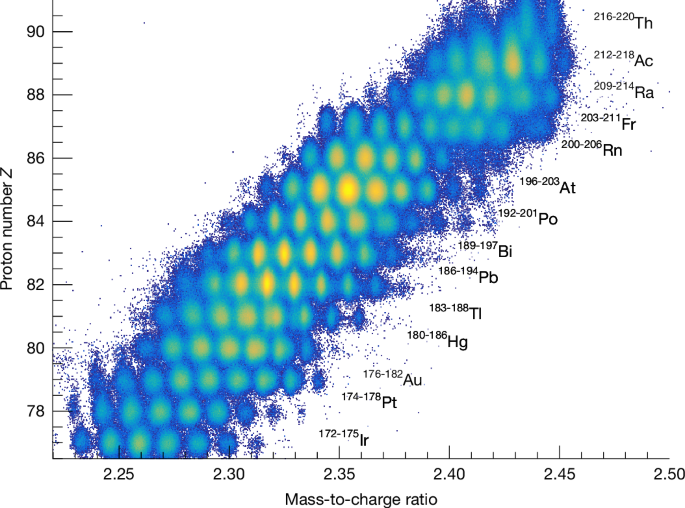
 Nature
Nature
Asymmetric Fission in Light Fragments Driven by Shell Effects: New Data and Insights
A new study maps the asymmetric fission island by measuring charge distributions of fragments from 100 exotic fissioning systems, 75 of which were previously unmeasured. It links the neutron-deficient sub-lead region to the actinide region, demonstrating the impact of the deformed Z = 36 proton shell of light fragments on sub-lead nuclei fission. This data will refine fission models for nuclei with extreme neutron-to-proton ratios.
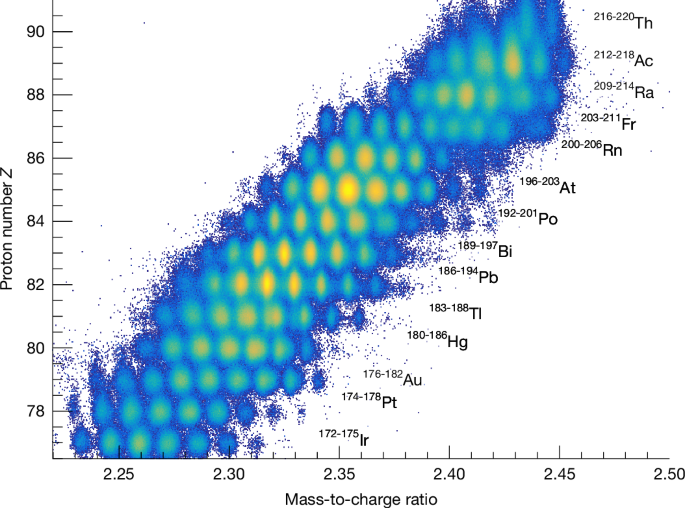
 Nature
Nature
Chiral Tellurium Shows Efficient Spin Accumulation via Slow Relaxons, Enabling Spintronic Advances
A study reveals that chiral tellurium crystals exhibit highly efficient charge-to-spin conversion, reaching 50%, due to slow relaxons. This overcomes the trade-off between strong spin-orbit coupling and rapid spin dissipation. The research suggests that these slow relaxons, arising from spin-momentum entanglement, facilitate long-range spin transport, offering a promising avenue for next-generation spintronic devices.

 Nature
Nature
Chiral Tellurium Exhibits Efficient Spin Accumulation Via Slow Relaxons for Spintronic Devices
A recent study demonstrates that chiral tellurium crystals can efficiently convert charge currents into spin signals because of slow relaxons, collective relaxation modes arising from parallel spin-momentum entanglement. This leads to an extraordinary charge-to-spin conversion efficiency of 50% and long spin population lifetime. The findings suggest potential applications for low-power spintronic devices utilizing chiral materials.

 Nature
Nature
Scientists Discover Light Appearing from Nothingness, Challenging Physics and Revolutionizing Technology
Researchers from the University of Rostock and the University of Birmingham have discovered light flashes emerging from nothingness, a phenomenon linked to topology and challenging traditional physics views of time. This discovery has potential for revolutionary advancements in imaging, communications, lasers, and even quantum computing by providing robust and stable light manipulation.
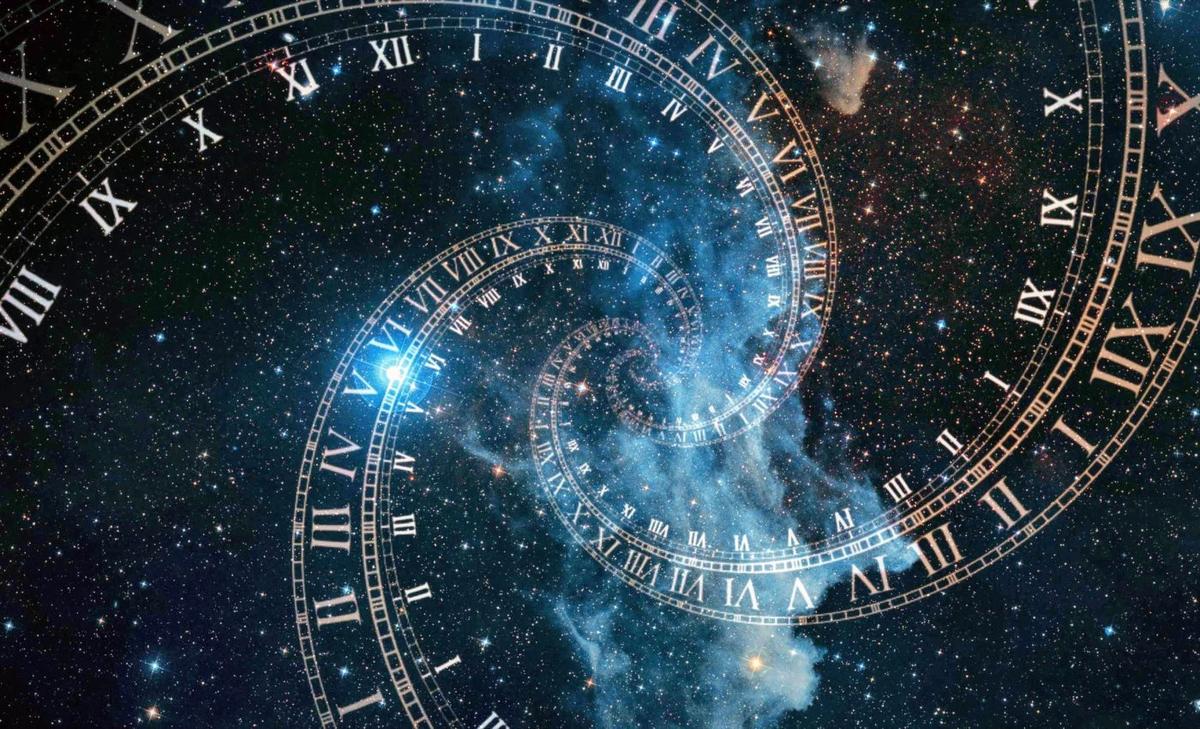
 Earth.com
Earth.com
 Phys.org
Phys.org
 The Daily Galaxy
The Daily Galaxy
Scientists Discover Light Emerging from Nothingness: Revolutionizing Physics and Technology
Researchers from the University of Rostock and the University of Birmingham have discovered a phenomenon where light appears to materialize from and disappear into nothingness. This discovery challenges traditional understandings of time and space in physics and has the potential to revolutionize technologies that rely on controlling light due to the stability and robustness of these 'space-time-topological events'.
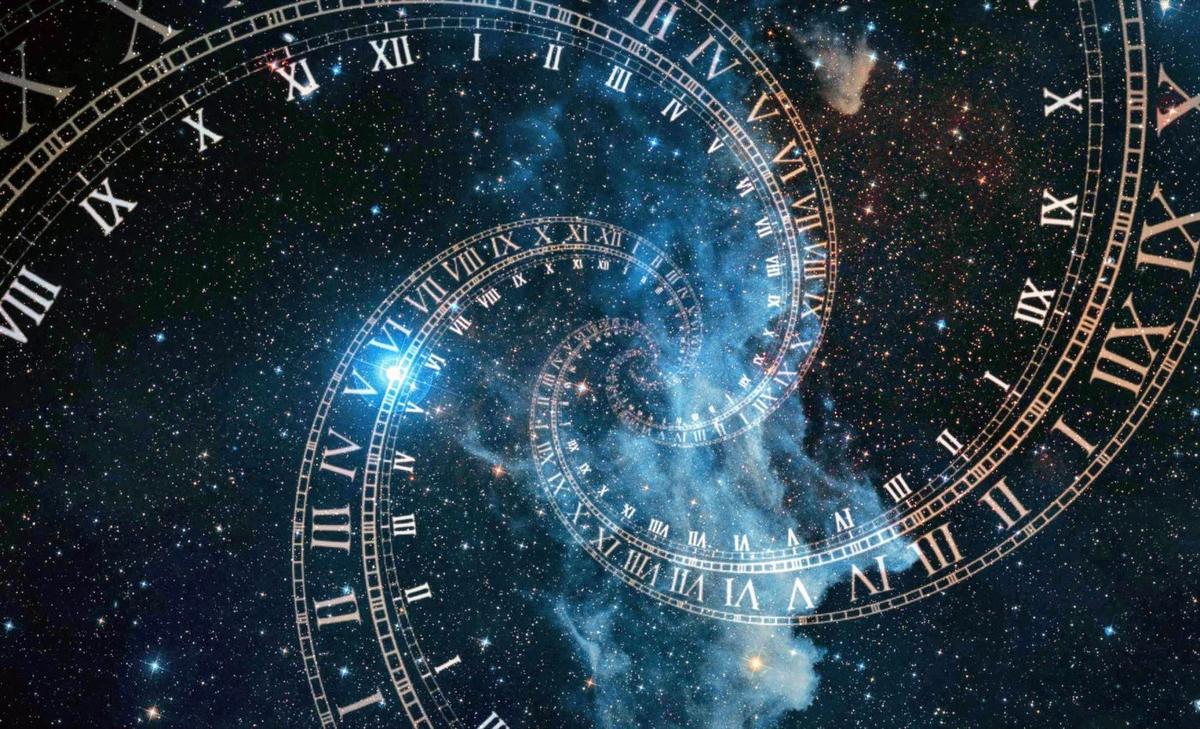
 Earth.com
Earth.com
 Phys.org
Phys.org
 The Daily Galaxy
The Daily Galaxy
Physics of Spin Glasses: Unexpected Birthplace of Modern Artificial Intelligence
This article explores the surprising connection between the physics of spin glasses and the development of modern AI, particularly neural networks. It details how John Hopfield's work in the 1980s, inspired by spin glass theories, revitalized neural network research. The article further discusses the evolution of these networks into today's generative AI models like ChatGPT and Midjourney, and their potential future applications.

 Quanta Magazine
Quanta Magazine
Physics of Spin Glasses Sparked AI Revolution: How Insights From Physics Shaped AI
This article explores the unexpected link between spin glass physics and the evolution of artificial intelligence. It details how the study of spin glasses, materials with puzzling magnetic behaviors, led to breakthroughs in neural networks and machine learning. The piece highlights the contributions of physicists like John Hopfield and Geoffrey Hinton, and the ongoing relevance of spin glass physics in understanding and designing modern AI models.

 Quanta Magazine
Quanta Magazine
The Physics of Spin Glasses: How They Gave Birth to Modern AI
This article elucidates how the seemingly unrelated field of spin glass physics laid the groundwork for modern AI. It details John Hopfield's crucial insight of applying spin glass principles to neural networks, enabling machines to learn and recall memories. The piece also discusses the evolution of AI, including generative models like ChatGPT, and how spin glass concepts may further enhance AI capabilities.

 Quanta Magazine
Quanta Magazine









